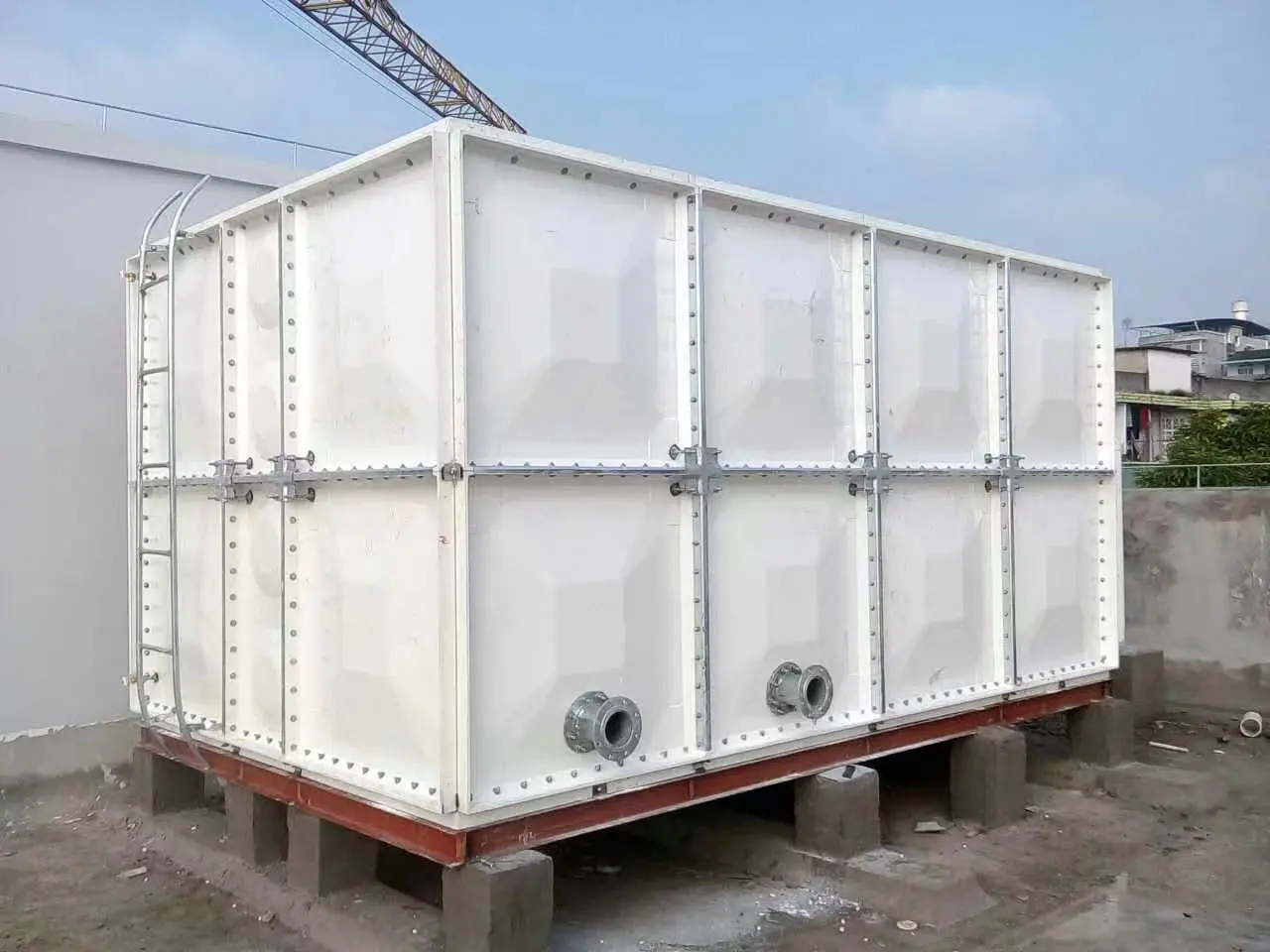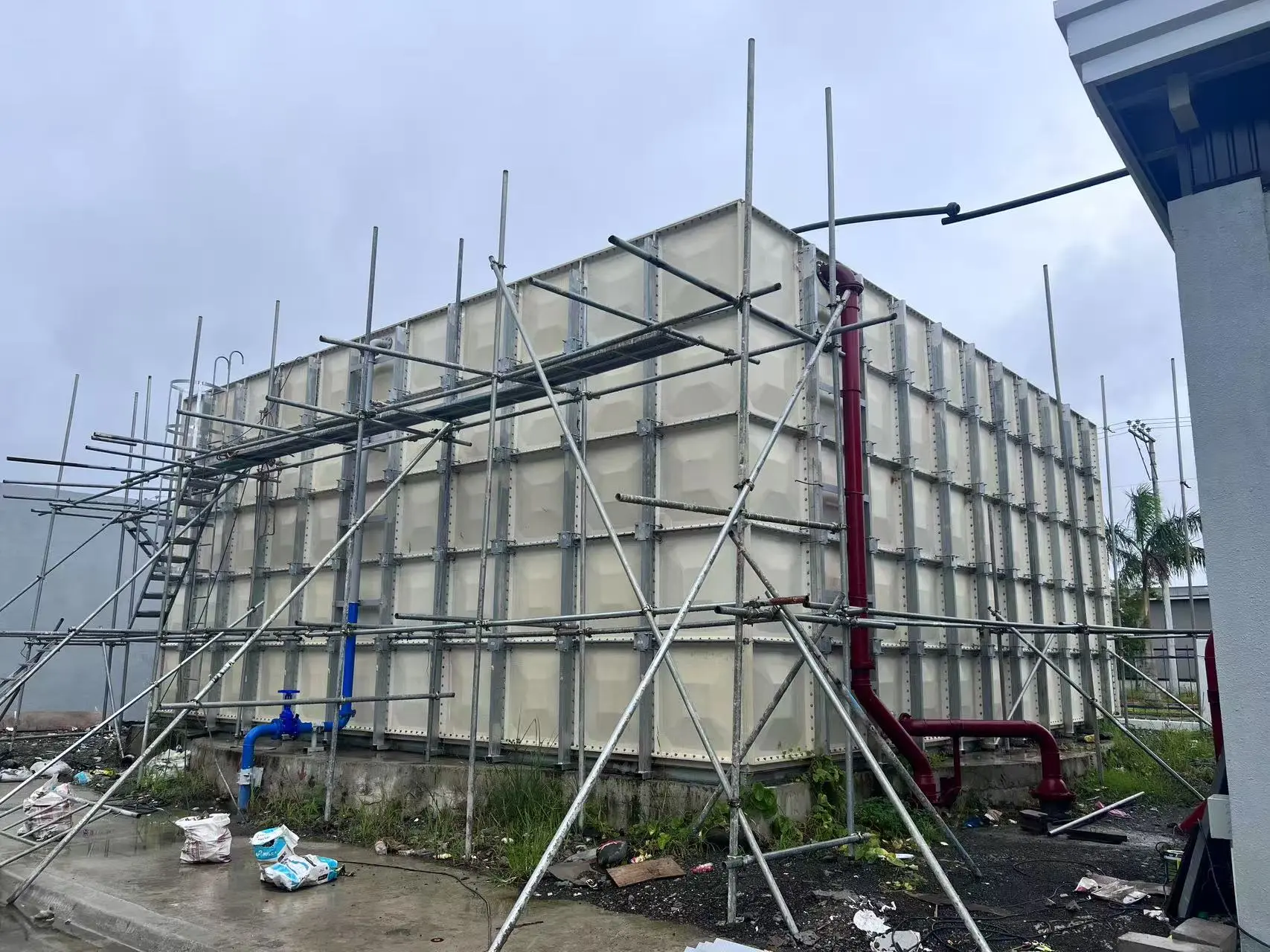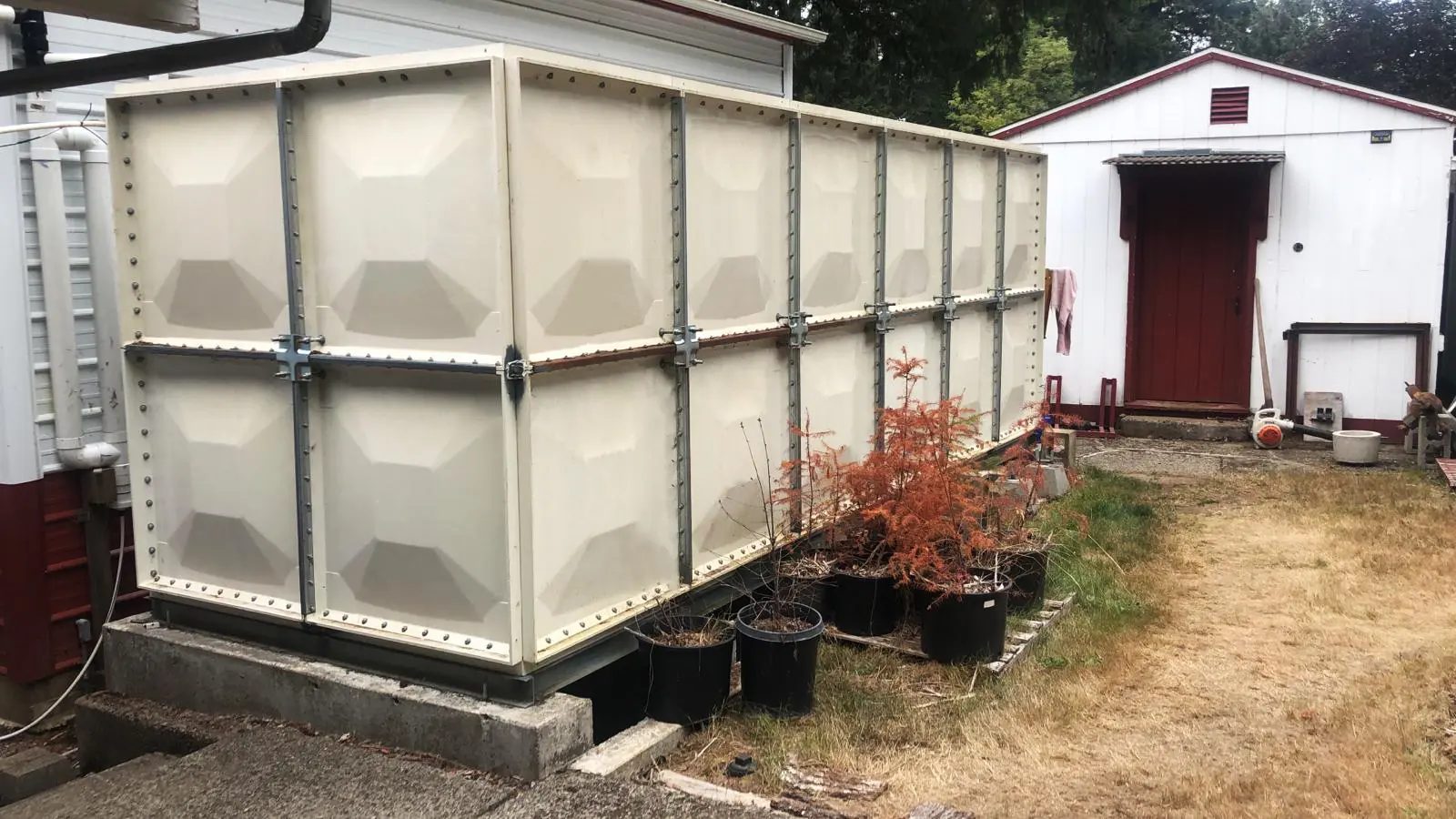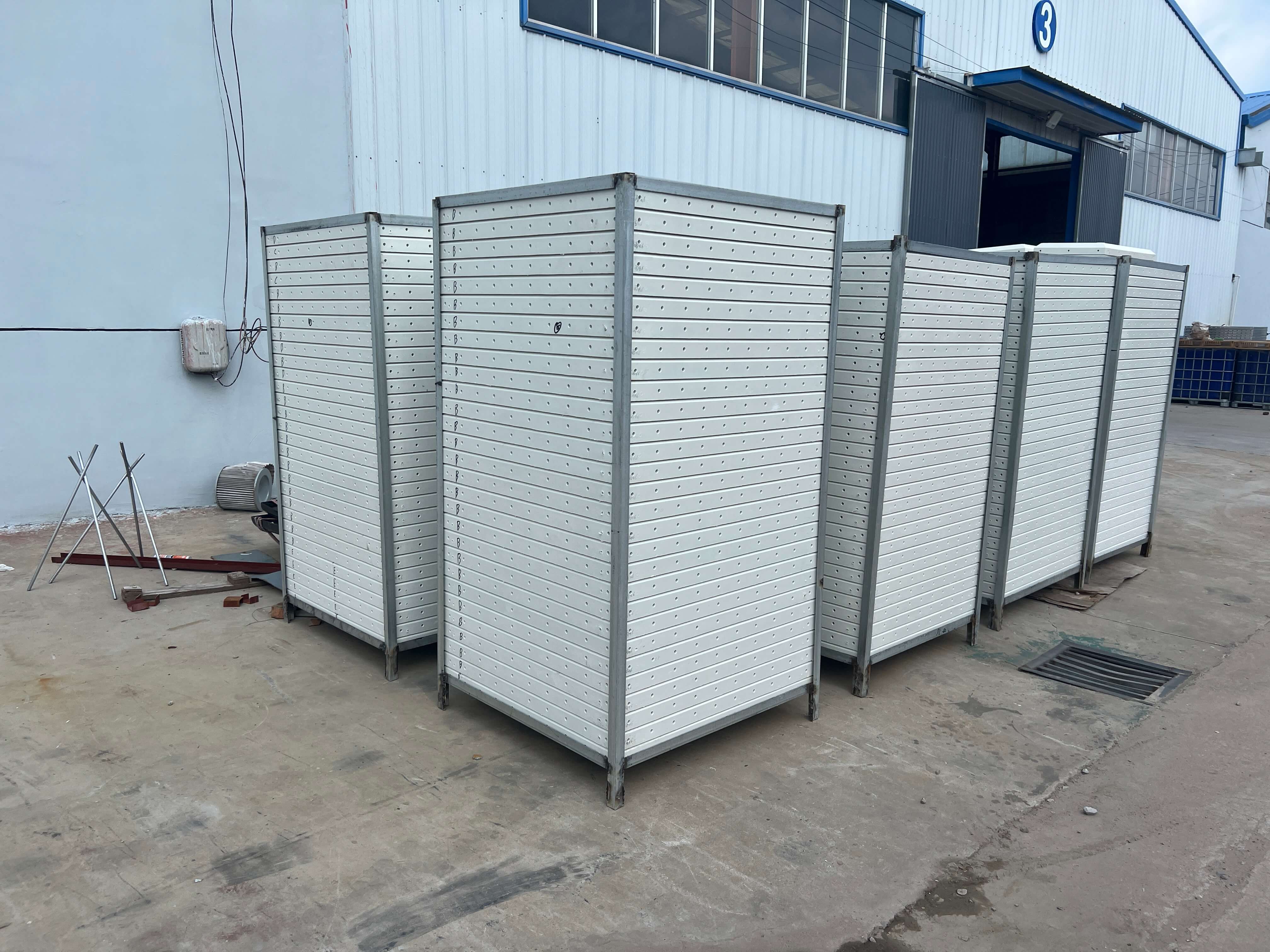How Does GRP Tank Installation Work On-Site? | A South African Industrial Perspective
Why On-Site GRP Tank Installation Matters in South Africa
For South African industrial buyers—pump suppliers, fire protection contractors, agricultural irrigation companies, municipal water authorities, water purifier providers, and pipe distributors—understanding how GRP Water Tank installation works on-site is critical.
Proper installation ensures:
-
Reliable Water Storage
-
Minimal downtime
-
Reduced maintenance costs
-
Extended tank lifespan
Given South Africa’s diverse climates—from arid regions in the Karoo to humid coastal zones—choosing the right installation approach is essential for safety, durability, and long-term operational efficiency.
What Is a GRP Water Tank and Why Choose It?
GRP (Glass Reinforced Plastic) is a composite of fiberglass and polymer resin. Key benefits include:
-
Lightweight design: Easier transport and rooftop installation
-
Corrosion & UV resistance: Ideal for sun-exposed and humid environments
-
Safe potable water storage: Meets municipal and industrial standards
Common applications in South Africa:
-
Fire water reserves for commercial or industrial sites
-
Municipal and industrial water supply storage
-
Agricultural irrigation systems
-
Rainwater harvesting and treated water buffering
Step-by-Step Guide: How Does GRP Tank Installation Work On-Site?
Installing a GRP tank requires careful planning and execution. Here’s a typical workflow for South African industrial projects:
1. Site Assessment & Foundation Preparation
-
Evaluate the installation location—roof, ground, or basement—for stability and load capacity
-
Build a flat, level concrete foundation or reinforced platform capable of handling the tank’s full weight
-
Ensure adequate drainage to prevent water accumulation around the base
2. Delivery and Inspection of Panels
-
GRP panels are delivered flat-packed, simplifying transportation to urban or remote areas
-
Inspect each panel for damage, cracks, or deformities
-
Check that all accessories—bolts, sealants, vents—are complete
3. Assembly of Modular Panels
-
Bolt panels together sequentially according to manufacturer instructions
-
Apply silicone or resin sealant at joints for leak-proof assembly
-
Install inlets, outlets, vents, and overflow systems as designed
4. Quality Checks & Leak Testing
-
Conduct pressure tests and water-tightness checks before full use
-
Inspect all joints carefully
-
Address any detected leaks immediately
5. Filling & System Integration
-
Gradually fill the tank, observing structural stability
-
Connect to pumps, irrigation lines, municipal pipelines, or purification systems
-
Perform final inspection for compliance with local water safety and fire protection standards
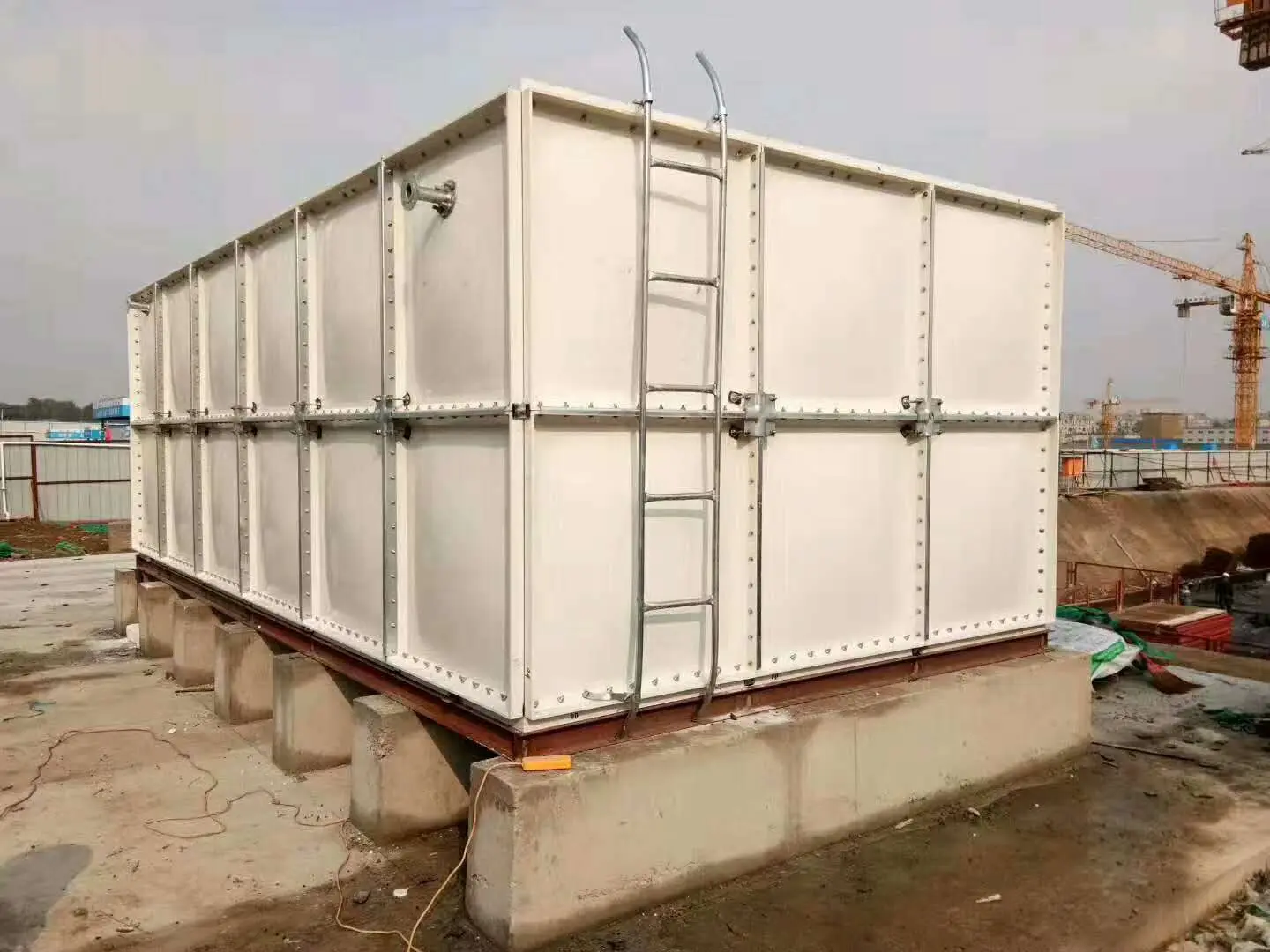
Key Considerations for South African Installations
-
Climate Adaptation: Use UV-resistant panels or coatings to withstand intense sunlight in regions like Gauteng and KwaZulu-Natal
-
Transport & Logistics: Flat-pack delivery reduces shipping costs and simplifies movement to remote farm or industrial sites
-
Skilled Labor: Ensure trained technicians perform assembly for best results
-
Compliance: Follow South African National Standards (SANS) for potable water, municipal water regulations, and fire protection codes
-
Maintenance Access: Design installations with easy inspection and cleaning access in mind
Benefits of On-Site GRP Tank Installation for South African Businesses
-
Cost-Effective Shipping: Lightweight flat-pack panels lower transportation expenses
-
Flexible & Customizable: Modular design allows adaptation to site-specific volumes and constraints
-
Fast Installation: Usually completed within 3–7 days, minimizing project delays
-
Durable & Long-Lasting: Properly installed GRP tanks can last 25+ years
-
Versatile: Suitable for rooftops, ground level, basements, and confined areas

Installation Success Equals Long-Term Reliability
For South African pump suppliers, fire protection contractors, agricultural and municipal water operators, water purifier dealers, and pipe distributors, knowing how GRP tank installation works on-site ensures:
-
Reliable water storage for industrial, municipal, and agricultural applications
-
Reduced downtime, maintenance, and operational costs
-
Compliance with local safety and water quality standards
-
Long-term return on investment with minimal hassle
Correct planning, careful assembly, and regular maintenance are essential to maximize the lifespan and performance of Grp Water Tanks.
FAQ: GRP Water Tank Installation in South Africa
Q1: How long does on-site GRP tank installation usually take?
A: Most tanks can be installed within 3–7 days, depending on size, site accessibility, and complexity.
Q2: Can GRP tanks be installed on rooftops in South Africa?
A: Yes, the lightweight modular panels allow safe rooftop installations, provided structural assessments are performed.
Q3: What maintenance is required after installation?
A: Inspect for leaks, clean the tank every 12–18 months, and check seals and joints to ensure long-term durability.
Q4: Are there South Africa-specific regulations for GRP tank installation?
A: Yes, installations must comply with SANS standards, municipal water safety regulations, and fire protection codes. Certified installers are strongly recommended.





